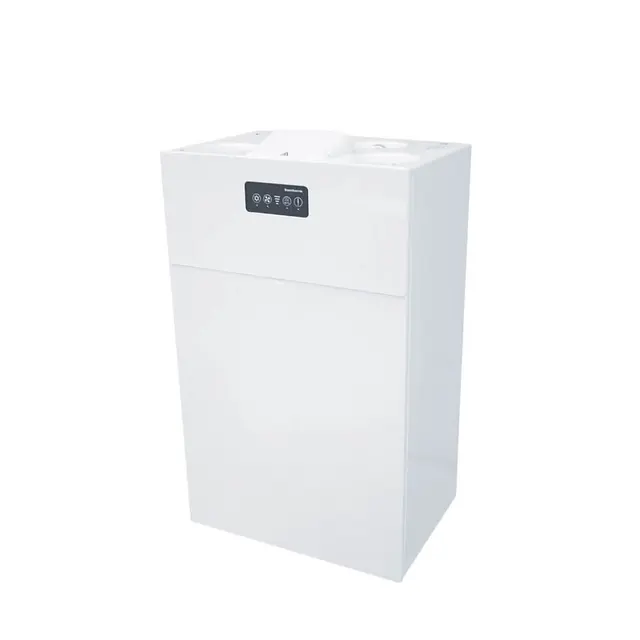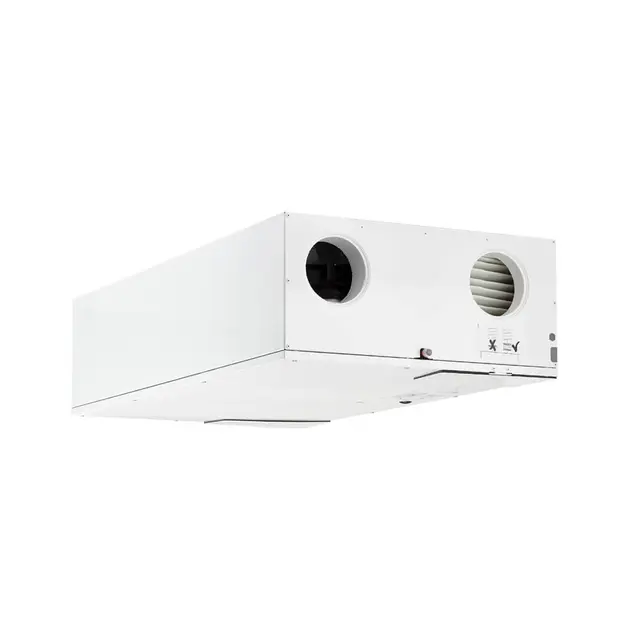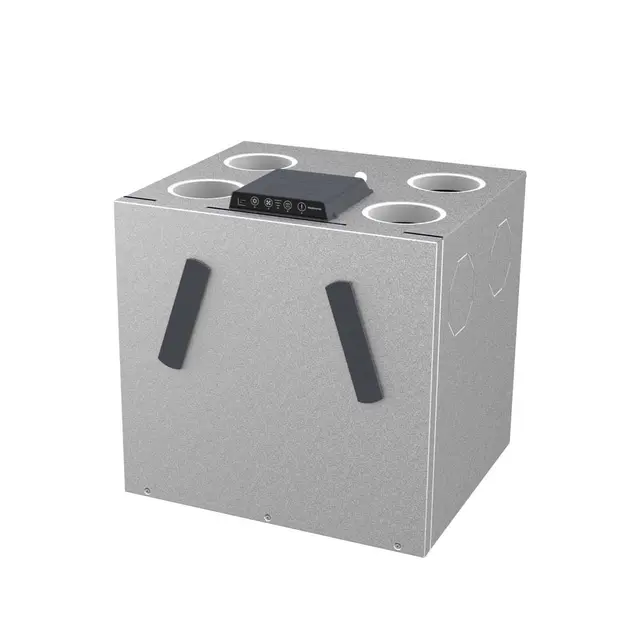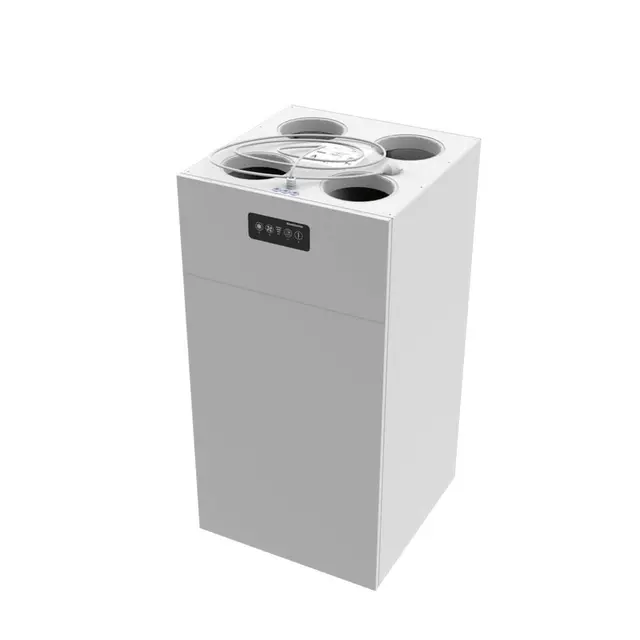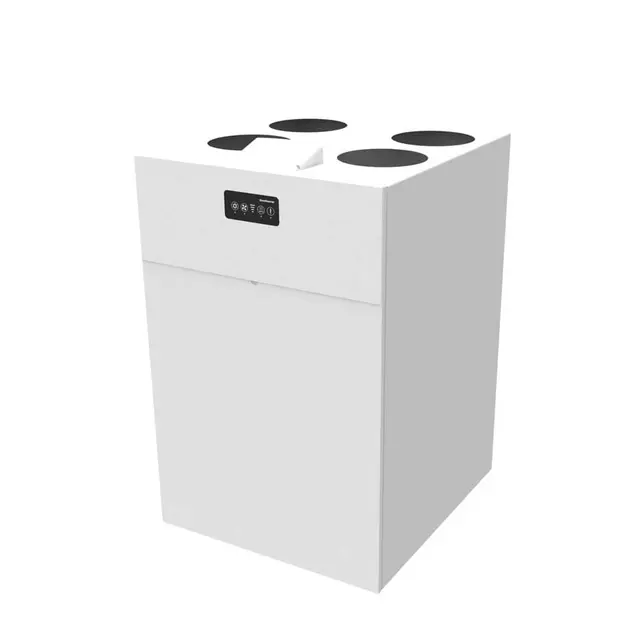Third-party testing's role in residential ventilation
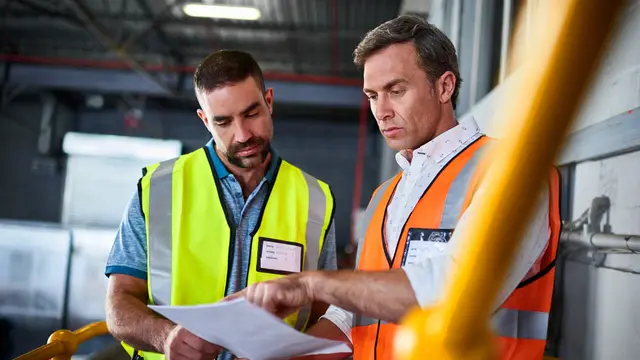
- Home
- Insights
- Ventilation insights
- Third-party testing's role in residential ventilation
For those purchasing and installing residential ventilation units, it is important to be confident that they will perform as expected. Third-party testing provides that reassurance - and here we discuss all you need to know about this process and its significance to manufacturers, buyers and engineers.
When reading through Dantherm’s residential ventilation catalogue, you might notice that as part of each unit's description, there is a section marked “Third party testing and certifications”.
This is a valuable section because, for those searching for the ideal solution for an upcoming build or project, these certifications demonstrate that all the technical data you are about to read about that product is accurate, verified and reliable. It is a mark of quality that it delivers everything it promises.
Here, we will explain what third-party testing is and how it is performed, why this stage of development is so crucial, and what Dantherm’s residential ventilation solutions always perform well during these tests.
What is third-party testing?
Third-party testing is the final stage in the product development process, where an independent organisation reviews the product to ensure that it fulfils everything it claims to do, and meets their own regulations.
It is a critical quality control process that occurs after all internal testing has been completed. By undergoing this impartial testing, it is determined whether or not the product performs as its technical data sheet suggests it can, and that it complies with the high standards these organisations uphold, from performance and durability to energy efficiency and eco-friendliness.
Although Europe follows a basic universal standard (EN13141-7), different countries and testers have unique expectations and processes that need to be fulfilled. That’s why when Dantherm develops or upgrades a product, we submit it to third-party testers in the markets we intend to sell it to, confirming that it meets the requirements demanded in the area.
Examples of third-party testers that Dantherm has frequently worked with in the past include:
The Passivhaus Institute, Germany (considered one of the world’s most rigorous quality assurance standards for energy efficient buildings)
The BRE Group, UK (Building Research Establishment)
ErP Directive, EU
All of these bodies comply with ISO 17020 - the international standard for bodies that carry out inspection. This confirms that they are both impartial and consistent when testing and certifying.
Our products have frequently been tested by these distinct organisations to verify their quality and performance, and consistently deliver strong results among our competitors.
How is third-party testing performed?
While the specifics of how third-party testing is performed will vary from organisation to organisation, generally speaking there are two methodologies applied in test centres across Europe.
First, there is the approach used in countries such as the UK, France and Belgium, where testing is intended to verify that the performance of the unit matches its specifications. This focuses on judging the product against its expected performance, rather than working on a “pass or fail” basis.
Instead, the “pass or fail” approach is applied in countries like Germany. Here, they use their own standards that the product must comply with, which they will either pass or fail. If the product fails a stage of testing, the test is often halted there and the manufacturers are informed where the problem was found.
There is crossover between the two approaches depending on which organisation is conducting the testing, but it can be summarised as:
Confirming that the performance of a product matches its internal technical data
Ensuring that the product meets the regulations demanded of them by the tester, be it in relation to performance, robustness or energy consumption
After a product completes testing and successfully meets all requirements, then the report needs to be submitted for certification. Here, one or more engineers will confirm that the conclusions reached by the report are accurate and trustworthy, and then certify the product, placing it in their definitive list of approved products.
Why is third-party testing important?
There are several reasons why third-party testing is crucial in today’s landscape, both for manufacturers and those who intend to purchase and install a particular product.
Performance comparisons
Firstly, when third-party testers compile their lists of certified products alongside their technical information, this is typically made available online:
These listings are valuable resources for engineers looking for the ideal ventilation unit for their upcoming project. Once they know the specifications of the product they need, they can search these databases to find units that match or exceed these requirements, and compare them against other certified products to find the best fit.
Of course, engineers will still need to perform their own investigation into a product to ensure it will work at the operational point required in their project. But this is an excellent starting point for professionals to find suitable products quickly before they conduct more in-depth research.
Confirmation of quality
If a product appears on one or more of these lists, it is a signal to engineers and buyers that its performance can be trusted. Rather than rely on internal figures, which could be exaggerated, there is no cheating the system with third-party testing.
Once a product is independently assessed by one of the organisations and judged to meet the required standards and perform as it claims to, a buyer can pursue it with total confidence that it is a quality, high-performing unit.
For example, part of the Passivhaus testing for residential ventilation units requires that even in temperatures as low as -15ºC outside, the temperature within the building is maintained at no lower than 16.5ºC. In addition, the air pulled from the buildings and blown outside cannot be any warmer than 5ºC, demonstrating effective heat recovery.
Therefore, if a unit achieves the Passivhaus certification, buyers can rest assured that it can achieve these and further temperature standards expected of it.
Illustrates eco-friendliness
In today’s landscape, energy efficiency and eco-friendliness are essential qualities for any residential ventilation solution, and something third-party testers focus on.
Buyers and engineers are often seeking the unit that delivers the greatest amount of heat recovery for the lowest level of energy consumption. Again, using the listings of third-party testers as a guide, they can find a product that fulfils their need for an environmentally-friendly, energy-saving solution.
Competitive advantage
Finally, from a manufacturer’s perspective, third-party testing offers a powerful competitive advantage, and opens doors to buyers and engineers that are closed to others that don’t take these steps.
Simply put, if your product has not been verified by a third-party tester, it will not breed the same confidence in a potential buyer that it can meet the expectations required of it. You are left to take the manufacturer at their word, which makes a purchase riskier.
That is why Dantherm’s residential ventilation products are regularly submitted for third-party testing from multiple providers - to leave no doubt in someone’s mind that our units can deliver everything within their specifications.
And we are proud that our products always perform exceptionally across all forms of third-party testing.
Why Dantherm residential ventilation products excel during third-party testing
The reason for our consistently excellent performance during third-party testing is two-fold: the scope of our internal testing, and our years of accumulated experience and expertise.
With our own state-of-the-art facilities on-site, our team is able to thoroughly test our products against the standards expected by numerous third-party testers. Plus, our advanced controls allow us to effectively adjust the parameters our products are tested against, verifying their performance in a wide range of scenarios.
In addition to the thoroughness of our testing, our decades of experience within the residential ventilation industry means that we know how to develop products that fulfil these buildings’ requirements. When issues are identified, they are quickly fixed, and this is then accounted for going forward. We continue to learn to make each new product better than its predecessor.
Explore our trusted residential ventilation solutions
We hope that this article has given you a clear understanding of what third-party testing is, why it is important, and why at Dantherm we are committed to ensuring our residential ventilation products are certified, giving our customers complete peace of mind over their performance.
For more information on our range of wall-mounted, ceiling-mounted and attic-mounted solutions, please get in touch by completing the form below.
Related products
Featured insights

Getting the right amount of fresh air using a minimum of energy is key in every Passive House

Thermal efficiency, SFP, fire safety and heat exchanger are key to your choice

Get our comprehensive 28-page guide for installers and other professionals here
Need help with choosing the right solution? Our team of over 100 climate control experts can assist.
You can also reach out or join the discussion on our Social Media. Check out our LinkedIn page.

